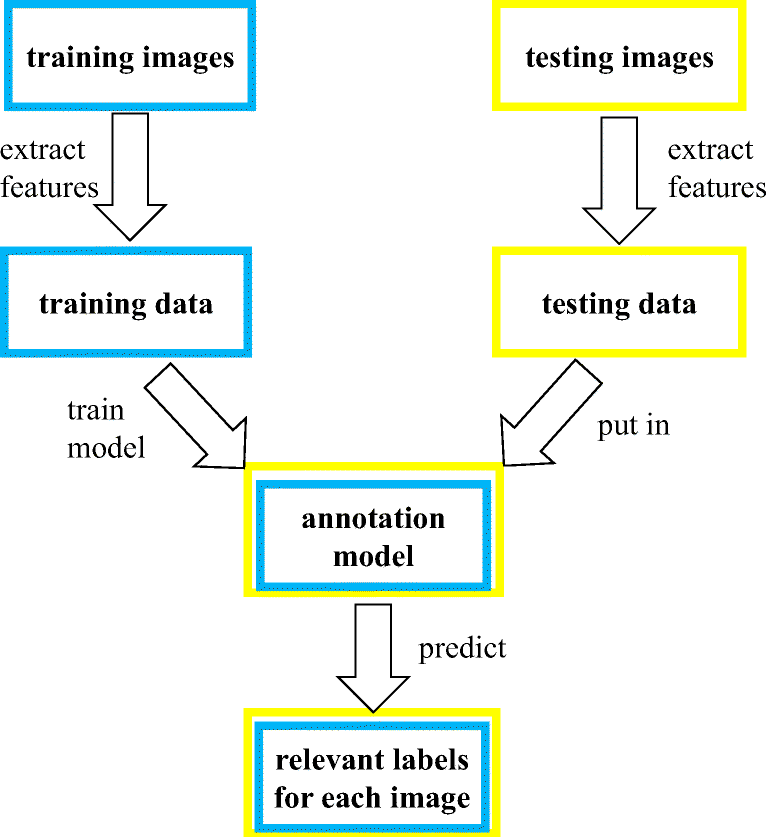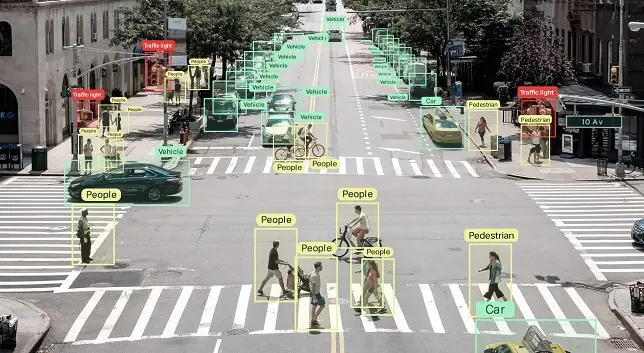Image Annotation for Smarter Machine Learning
Many AI projects struggle not because of weak models, but because of poor training data. Image annotation — the process of labeling visual data—provides the clarity machines need to truly understand the world.
Image annotation is at the core of modern computer vision. By adding structured labels to raw images, we give machine learning models the context they need to recognize objects, detect patterns, and make accurate predictions. Without reliable annotations, even the most advanced algorithms are left guessing.
Common Annotation Techniques
There are several approaches to image annotation:
- Image Classification: Each image receives a single label indicating its category, often encoded via one-hot vectors for model input.
- Object Detection (Bounding Boxes): Annotators draw rectangles around objects and assign class labels, establishing ground truth for detection tasks.
- Image Segmentation: Pixel-level masks identify exact object boundaries, enabling precise recognition and scene understanding.
- Automatic Image Annotation: In large-scale systems, algorithms can generate annotations automatically—such as tagging images with descriptive keywords—but these often require manual verification

Best Practices for Effective Annotation
The effectiveness of annotation, however, depends on quality. Poorly labeled or inconsistent data leads to unreliable systems, while carefully annotated datasets become the foundation of trustworthy AI. The best practices for effective annotation are:
- Label Consistency & Quality Over Quantity: Consistent and precise labels are more valuable than large amounts of inaccurate data.
- Clear Guidelines & Training: Well-defined instructions ensure annotators follow the same standards.
- Human-in-the-Loop & Review Cycles: Regular checks and feedback loops help maintain high accuracy.
- Domain Expertise Matters: Specialists provide the knowledge needed for complex or sensitive datasets.
- Diverse and Representative Data: Varied inputs reduce bias and improve real-world model performance.

Real-World Impact
Image annotation has already proven its value across some of the most critical industries. In autonomous driving, for example, precise labeling allows systems to reliably identify pedestrians, traffic signs, and road obstacles, forming the basis of safe navigation. In healthcare, detailed segmentation of medical images supports diagnostic accuracy, helping practitioners detect and analyze conditions with greater confidence.

Conclusion
Image annotation is more than a technical step—it is the bridge between raw data and intelligent systems. By investing in high-quality annotations, businesses can unlock more reliable, efficient, and impactful AI solutions.
If you are looking to transform your visual data into structured insights, Abaka AI can help with expert image annotation and custom dataset solutions tailored to your needs.